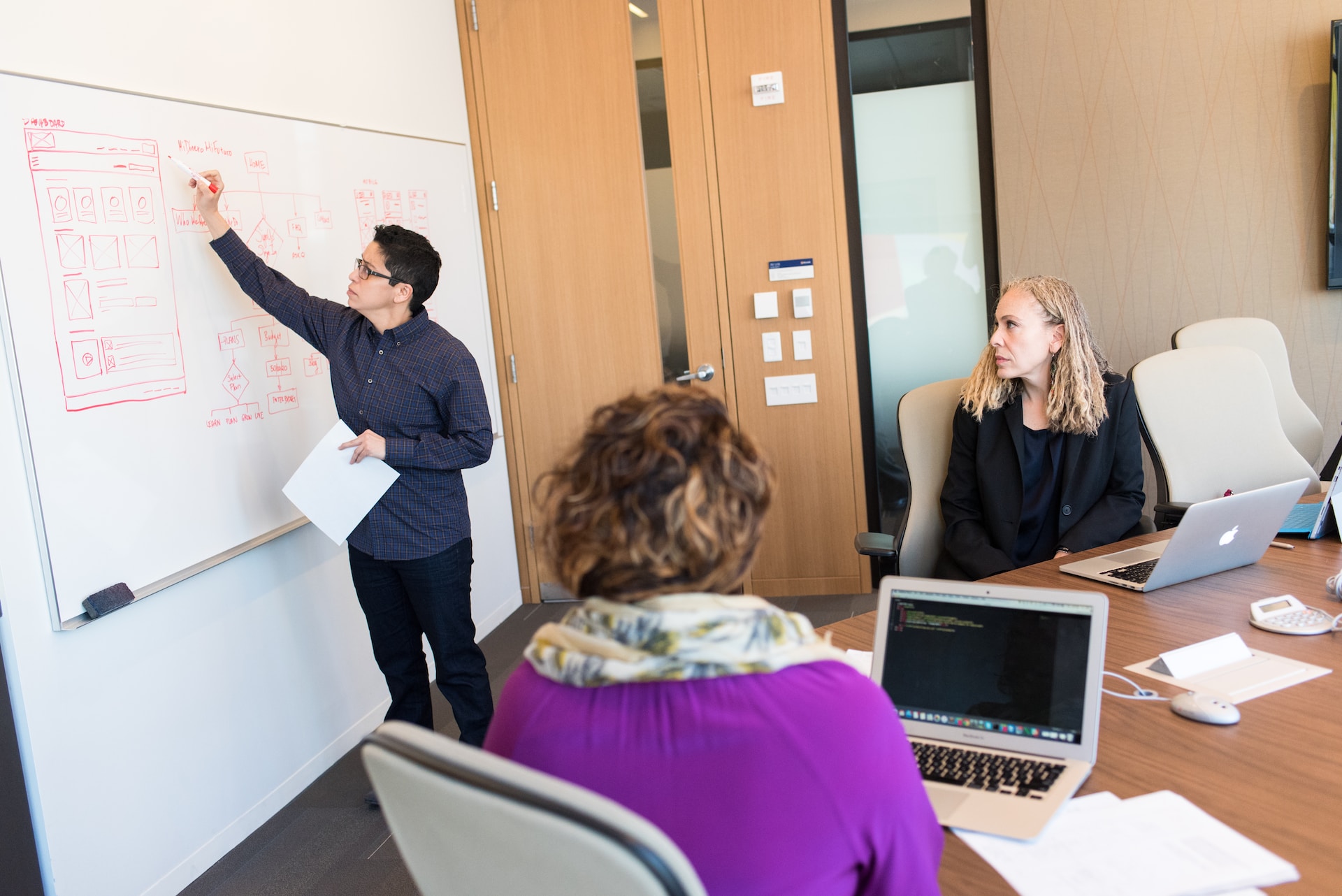Reliable software can serve its purpose for years, or even decades. But there will always come a moment when the business becomes weighed down by the limitations of its existing software systems. Built in a different era, these legacy solutions can struggle with modern demands, hindering efficiency, flexibility, and security.
As the industry changes, so do the requirements of the modern market, and its customers. What was new and efficient before, can slowly become less equipped to deal with the circumstances of today. Legacy software modernization is a process that aims to address these risks and make sure that the new solution responds well to modern challenges.
Why Modernize?
Legacy software modernization isn’t just a cosmetic facelift; it’s a strategic investment in the future of one’s business. Let’s look at some of the reasons:
- Boost Efficiency: Streamline workflows, automate manual tasks, and improve user experience to unlock significant productivity gains.
- Enhance Security: Fortify your data with robust encryption, advanced authentication, and proactive vulnerability patching. Protect your critical assets in an increasingly vulnerable world.
- Embrace Scalability: Break free from rigid structures and adapt seamlessly to changing business needs with cloud-based solutions and modular components.
- Spark Innovation: Integrate cutting-edge technologies like AI and machine learning to unlock new possibilities and gain a competitive edge.
Modernization empowers the business to operate not just in the present, but in the future. It transforms the aging software into a powerful engine driving growth and innovation.
What Happens During Legacy Software Modernization Process?
Making a large and well-established solution evolve and become more innovative is no small feat. Each case is unique and requires meticulous research and planning, along with many other factors. Here’s the general structure of the process, that will still heavily depend on the specific business, its needs, and capabilities.
1. Discovery and Assessment:
This initial phase is your roadmap to modernization. It involves a deep dive into your existing software, analyzing its functionalities, limitations, and dependencies.
Expect detailed discussions with key stakeholders (users, developers, and business leaders) to understand pain points, desired outcomes, and budget constraints. This comprehensive assessment serves as the bedrock for crafting a personalized modernization plan.

2. Strategy and Roadmap:
Based on the gathered insights, your chosen modernization partner will curate a tailored strategy. This might involve options like full system rewrite, phased modernization, API integration, or cloud migration. The chosen path depends on your specific needs, budget, and risk tolerance.
Expect clear timelines, milestones, and resource allocation defined at this stage, ensuring a transparent and controlled journey.
3. Architecture and Design:
Now, the blueprints are drawn. Modernization experts translate your desired functionalities and user experience into a technical roadmap. A dedicated Product Design process allows going through software inch by inch, eliminating oversights. This includes designing a robust architecture, selecting appropriate technologies (programming languages, frameworks, cloud platforms), and ensuring seamless integration with existing systems.
Expect iterative discussions and software prototyping to create a future-proof design that resonates with your business goals.
4. Development and Implementation:
Expert developers translate the designed architecture into functional code, migrating or rebuilding modules according to the chosen strategy. Agile methodologies ensure continuous feedback and rapid iterations, allowing you to track progress and adjust course as needed.
Expect thorough testing and quality assurance throughout the development stage to guarantee a seamless transition to the new system.
5. Deployment and Training:
The modernized software is rolled out to users, either gradually in phases or through a single launch. Comprehensive training programs equip your team with the skills and knowledge to navigate the new interface and harness its full potential. Ongoing support and maintenance ensure smooth operation and address any initial hiccups.
What Are The Challenges of Legacy Software Modernization?
Complex Interdependence: Think of legacy systems as intricate puzzles where adding new pieces takes careful planning to avoid disrupting the whole picture. Seamlessly connecting old and new requires thorough analysis and smart steps.
Knowledge Erosion: Over time, knowledge about how the system works can fade, making updates tricky. It requires piecing together clues from every possible source to understand the hidden workings.
Resistance to Change: Changing familiar ways can be tough, and implementing new features needs clear communication, helpful training, and building a culture where adapting is part of the game.
Financial Optimization: Modernizing costs money, so it’s important to spend smartly, prioritizing critical updates first. Choosing the right path and managing resources carefully is key to reaching the top.
Data Migration: Moving sensitive data is like transporting valuable artwork – every step needs careful planning and strong security measures to keep everything safe. Rigorous testing and meticulous planning are essential to avoid any bumps along the way.
The Takeaway
That bit of legacy software may have served you well, but opting to keep things “as is” can stifle your business’s potential. Software modernization isn’t just an IT upgrade; it’s a strategic leap, unlocking a new era of agility, efficiency, and security.
This transformative journey, navigated in distinct stages – from discovery and assessment to deployment and user empowerment – presents opportunities and challenges. Complex dependencies, knowledge gaps, and resistance to change may require expert guidance and a collaborative spirit.
But the rewards outweigh the roadblocks. Imagine streamlined workflows, enhanced security, and the freedom to innovate unburdened by technological constraints. This is the future unlocked by successful legacy software modernization.
If you’re ready to embark on this journey together, contact us to discuss your unique needs and discover how we can become your trusted partner on this transformative journey.